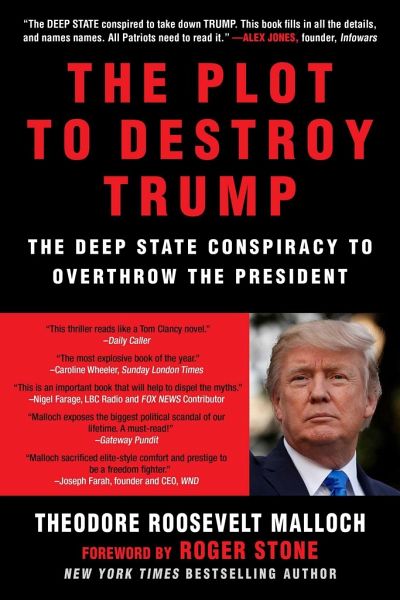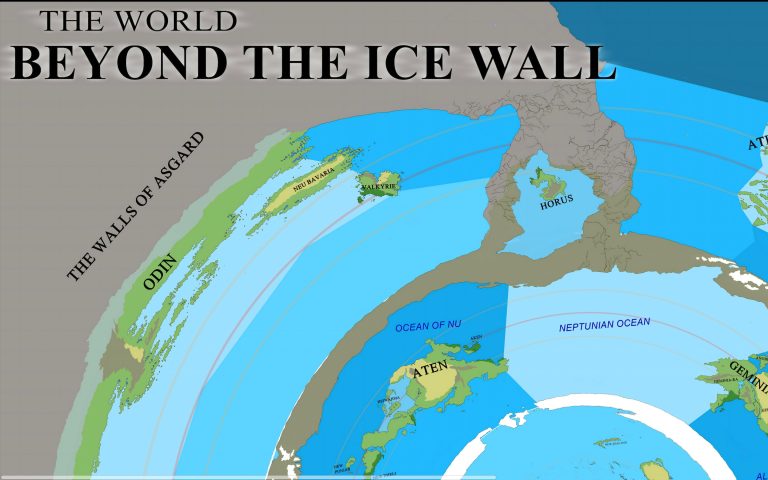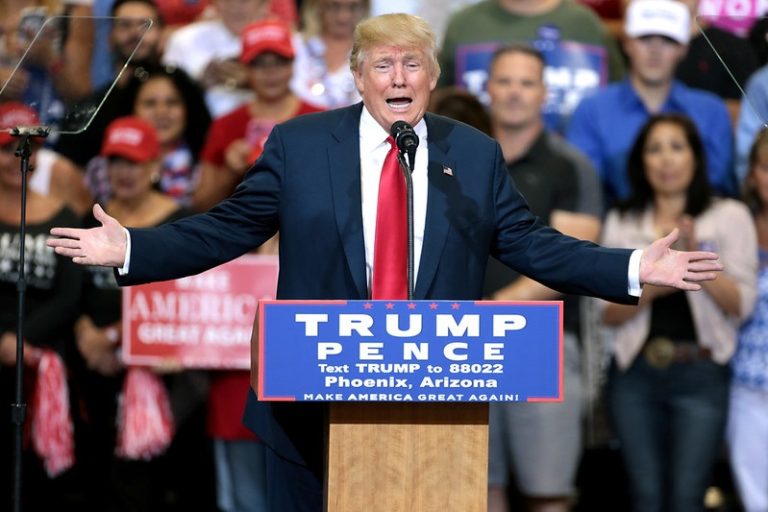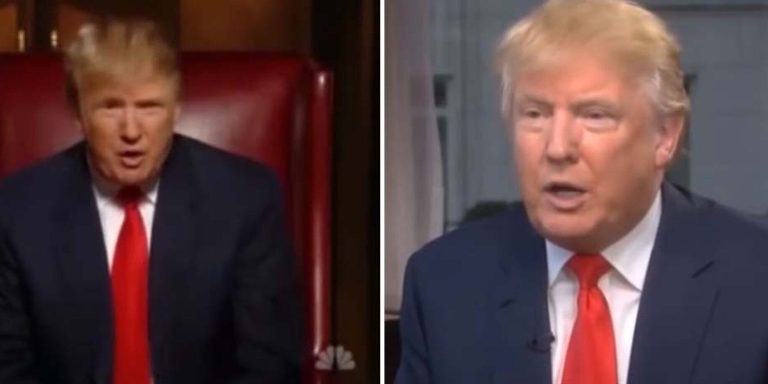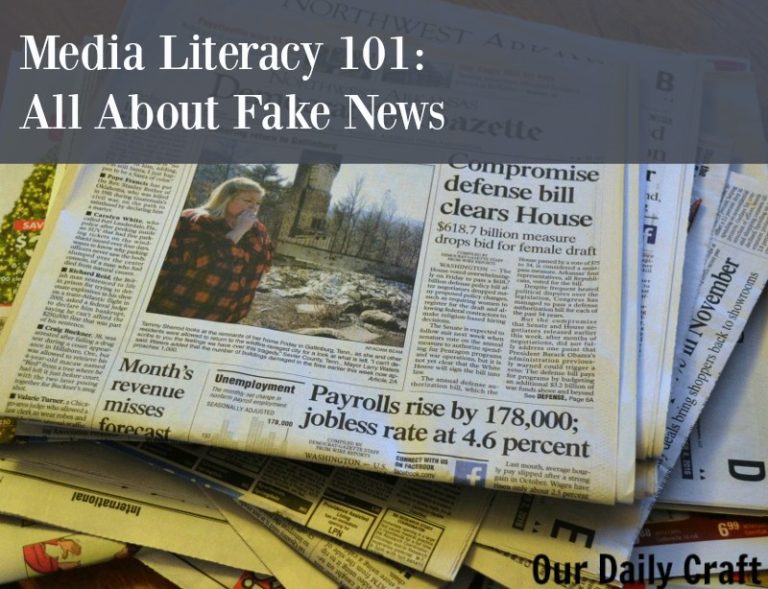

Declassifying the Truth: Trump’s Fight Against the “Deep State”—A Narrative of Power
The term “Deep State,” a shadowy cabal wielding unseen power within a government, has long fueled conspiracy theories. Donald Trump’s presidency injected this concept into mainstream discourse, framing his battles against the established bureaucracy as a direct confrontation with this elusive entity. His rhetoric, often characterized by accusations of sabotage and treachery, painted a picture of a hidden network working against his agenda, undermining his authority, and ultimately, threatening the American people. But was this a genuine struggle against a powerful, clandestine organization, or a strategic rhetorical device deployed by a populist leader?
This article delves into the narrative surrounding Trump’s “fight” against the Deep State, examining the key events, the players involved, and the lasting implications of this highly charged political battle. We will move beyond simplistic labels, exploring the complexities of power dynamics within the US government and the very definition of what constitutes a “Deep State.”
The Allegations: A Tapestry of Conspiracy
Trump’s claims frequently targeted specific agencies and individuals. The FBI, CIA, and intelligence community as a whole were frequently accused of bias and even outright sedition. Specific individuals, including former FBI Director James Comey and former CIA Director John Brennan, became prominent targets of his ire. These accusations ranged from the leaking of classified information – allegedly intended to undermine his presidency – to the orchestration of investigations aimed at his downfall. The Mueller investigation, in particular, became a focal point, with Trump repeatedly labeling it a “witch hunt” orchestrated by the Deep State.
The core of Trump’s narrative centered around the perceived weaponization of intelligence agencies against him. This was not simply about policy disagreements; it was framed as a deliberate, coordinated effort to sabotage his election and presidency. The allegations were rarely supported by concrete evidence presented in a formally verifiable manner, relying instead on innuendo, pronouncements on social media, and fervent accusations.
| Accusation Category | Example | Perceived Target |
|---|---|---|
| Leaking Classified Information | Alleged leaks to the media regarding investigations | FBI, CIA, DOJ |
| Political Bias in Investigations | The Mueller Investigation | FBI, DOJ |
| Obstruction of Justice | Attempts to hinder investigations into Russian interference | Intelligence Community |
Declassification as a Weapon: Transparency or Weaponization?
A significant part of Trump’s strategy involved declassifying information, often presented as evidence of Deep State machinations. While transparency in government is a cornerstone of democratic accountability, the manner in which Trump approached declassification raised serious questions. Critics argued that the declassification process was often rushed, lacked proper oversight, and potentially compromised national security. The release of sensitive information was not always presented in a context that allowed for proper understanding or prevented misinterpretation, leading to further polarization and distrust.
The debate surrounding declassification highlighted a fundamental conflict: the need for government transparency versus the protection of national security. Did Trump’s declassification efforts truly expose a Deep State conspiracy, or did they serve a different purpose—perhaps deflecting scrutiny, undermining opponents, or even further inflaming political divisions?
The Reality: Bureaucratic Friction or Malicious Conspiracy?
The reality is likely far more nuanced than a simple binary of “Deep State” versus “Patriot President.” The US government is a vast and complex institution, inevitably leading to friction between different branches, agencies, and individuals. Disagreements over policy, personalities, and political ideologies are commonplace. Trump’s confrontational style exacerbated these tensions, often leading to clashes with established institutions.
While instances of bureaucratic infighting and even intentional leaks undoubtedly occur, the evidence for a coordinated, malevolent “Deep State” actively working to undermine a sitting president remains largely circumstantial and contested. The accusations, often delivered through Twitter and rallies, lacked the formal evidentiary support required to sustain the claims’ gravity. Many of Trump’s opponents viewed his accusations as a means of deflecting criticism and undermining legitimate investigations.
The Lasting Legacy: Erosion of Trust and Political Polarization
Regardless of the veracity of the “Deep State” allegations, Trump’s rhetoric had a profound impact on the American political landscape. His constant accusations fueled distrust in government institutions, particularly among his supporters. This erosion of trust contributed to a deepening sense of political polarization and made constructive dialogue increasingly difficult. The legacy of Trump’s fight against the “Deep State” is not just about specific policies or investigations; it’s about the lasting damage done to the very fabric of American political discourse. The notion itself, regardless of its validity, has become a powerful rhetorical tool used by various political actors, leaving behind a landscape of suspicion and mistrust. The true cost of this narrative may be far greater than the intended result.

Additional Information
Declassifying the Truth: A Deeper Dive into Trump’s Fight Against the “Deep State”
The assertion of a “deep state” actively working against Donald Trump’s administration, as presented in works like “Declassifying the Truth,” requires a nuanced and critical examination. While the book likely details perceived instances of bureaucratic resistance or leaks, a thorough analysis demands separating legitimate concerns about government transparency and accountability from unsubstantiated claims fueling conspiracy theories.
Understanding the Allegations:
The core argument of a “deep state” resisting Trump revolves around several key areas:
-
Intelligence Community Resistance: The book likely highlights instances of alleged leaks to the media detrimental to the Trump administration, contrasting them with perceived loyalty to previous administrations. A crucial analytical point is to distinguish between legitimate whistleblowing (protected by law) and unauthorized disclosures potentially driven by political motivations, regardless of which side they favor. Examining the specific leaks, their sources (if identified), and their impact on national security is critical to assess their validity. Statistical analysis of leak frequency during different presidencies, while difficult to obtain comprehensively due to classification, could offer a comparative perspective.
-
Bureaucratic Obstruction: The narrative likely focuses on instances where career officials are portrayed as deliberately hindering Trump’s policy agenda. This requires analyzing whether this resistance stemmed from legitimate concerns about policy efficacy, legal ramifications, or indeed, partisan opposition. Case studies of specific policy clashes – for instance, the disputes over the Mueller investigation or the handling of the COVID-19 pandemic – are vital. Examining internal memos, testimony transcripts, and official reports can help determine the nature of the disagreements.
-
Judicial Scrutiny: The book might emphasize judicial rulings against Trump’s policies as evidence of a biased judiciary. Analyzing these cases requires understanding the legal basis for each ruling, devoid of political framing. Examining whether the rulings were consistent with legal precedent and constitutional principles is paramount. Statistics on the percentage of cases ruled against different administrations, adjusted for caseload variations, can provide context.
Counterarguments and Critical Analysis:
The “deep state” narrative often faces criticism for:
-
Lack of Concrete Evidence: Many claims rely on anecdotal evidence, unsubstantiated allegations, and conspiratorial interpretations of events. A critical analysis must demand a high standard of proof, separating speculation from verifiable facts.
-
Oversimplification of Complex Issues: Government processes are inherently complex. Attributing resistance solely to a malicious “deep state” overlooks factors like bureaucratic inertia, inter-agency rivalries, and differing perspectives on policy solutions.
-
Potential for Misinformation and Disinformation: The “deep state” narrative can inadvertently amplify misinformation, potentially undermining public trust in legitimate institutions and fostering political polarization. Analyzing the sources of information used in the book is crucial to evaluate their credibility and potential biases.
Conclusion:
A thorough evaluation of “Declassifying the Truth” demands a rigorous analytical approach that moves beyond simplistic narratives. It necessitates an examination of specific events, a careful assessment of evidence, and an awareness of potential biases. By adopting this critical lens, we can separate legitimate concerns about government transparency and accountability from potentially unfounded claims fueled by partisan agendas. Ultimately, a comprehensive analysis should strive to illuminate the actual dynamics at play within the US government, moving beyond the polarized rhetoric surrounding the “deep state” concept. This includes acknowledging instances of legitimate resistance to potentially harmful policies while also guarding against unsubstantiated accusations aimed at undermining democratic institutions.
